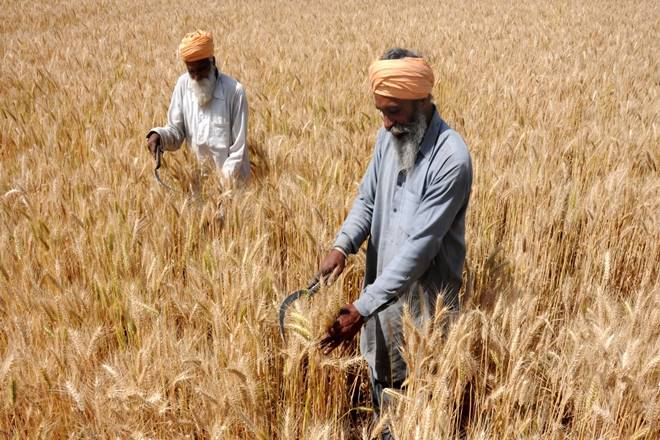Agriculture Sector Expectations from Union Budget 2019: The growing farmer distress has its manifestation in the form of an increase in the number of farmers’ suicide and farmers’ protests like Delhi Kisaan Protest and Maharashtra Farmers Long March. The is due to the fact that farming remains unremunerative despite huge agricultural subsidies and schemes announced by the government in each budget.
In the previous budget, Finance Minister Arun Jaitley ensured farmers with MSP (Minimum Support Price) equal to 1.5 times of their cost based on A2+FL for the remaining rabi crops as well as kharif crops.
MSP is the minimum price that the government gives the farmers for their output in case of a steep fall in market prices, based on the recommendation of Commission for Agricultural Cost and Prices. With time, the procurement price has become the defacto MSP.
But the increase in MSP has not contributed much in mitigating agricultural distress faced by farmers, particularly marginal and small farmers. Hence, there is little scope for any improvement if the trend continues in the upcoming budget too, say experts.
A harsh reality is that even while the MSP gives a sense of security to the farmer, it has various problems associated with it.
According to former Chief Economic Adviser of India Arvind Virmani, increasing MSP has been not been able to solve farmer’s distress. This can be seen by looking at the past experiences which shows MSPs limited success and broader failure, Virmani told FE Online.
READ ALSO : Union Budget 2019: Why Loan Waiver is not a solution to rural distress
The procurement of the crops from farmers is one the challenging posed by it. The Economic Survey 2015-16 points out that MSP-linked public procurement has disproportionately focussed on wheat, rice and sugarcane at the expense of other crops such as pulses and oilseeds.
This has resulted not only in buffer stocks of paddy and wheat to be above the required norms, but also caused price fluctuations in pulses and edible oils, despite substantial imports of these commodities, showed the survey.
The other problems cited by economists with MSP are– its inflationary nature, huge expenditure, adverse effect on cropping patterns and no incentive for cost reduction.
Niti Aayog has proposed three market intervention schemes as an alternative to MSP. The first option was Market Assurance Scheme (MAS), which provides for procurement by the states and compensation of losses up to the certain extent of MSP, after the procurement and realization out of the sale of the procured produce.
Second is the price deficiency payment scheme based, which is similar to Madhya Pradesh’s Bhavanta Bhugtan Yojana, under which the difference between MSP and market price is paid to the farmer directly, subject to a ceiling which may not exceed 25 per cent of the MSP.
The third option was Privater Procurement and Stockist Scheme, under which procurement would be done by private firms at MSP and government will provide some policy and tax incentives to such firms which may be decided on the basis of the transparent criteria and bidding for the empanelment of private players by the state government to do the procurement operations.
Moreover, many economists have suggested the government to back its measures with institutional and technical reforms by focusing on irrigation, infrastructure and reforms in APMC market from time to time.
What path would the government take in its endeavor to address the farmer’s distress, would be something to be watchful of.


